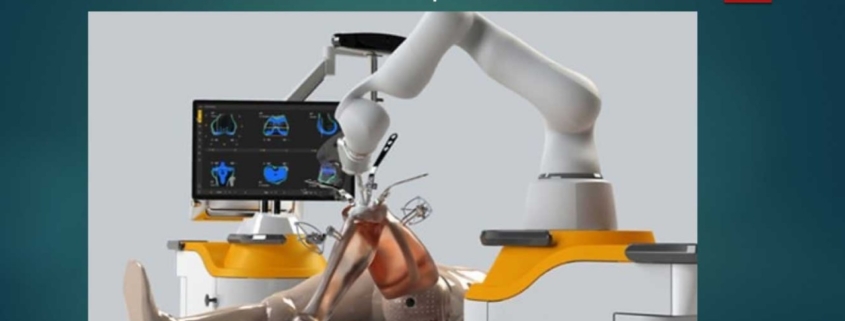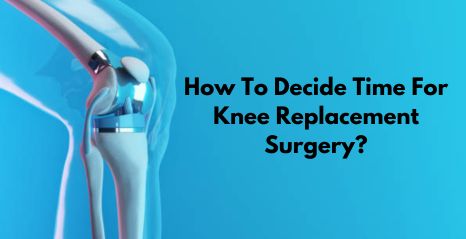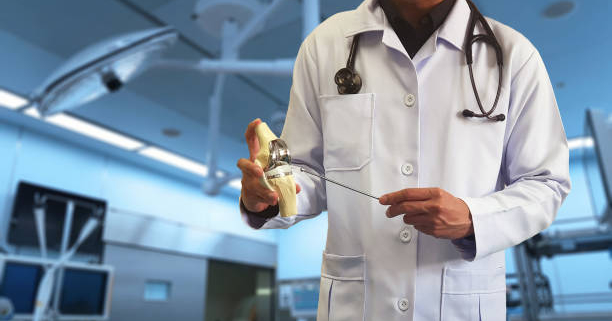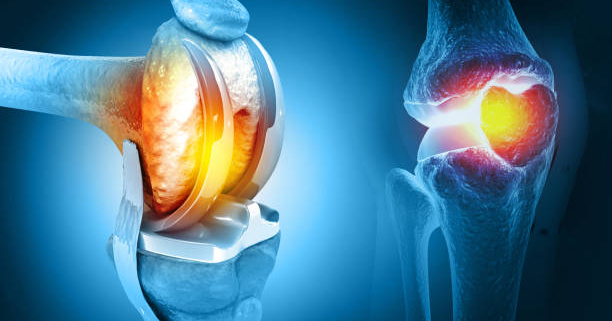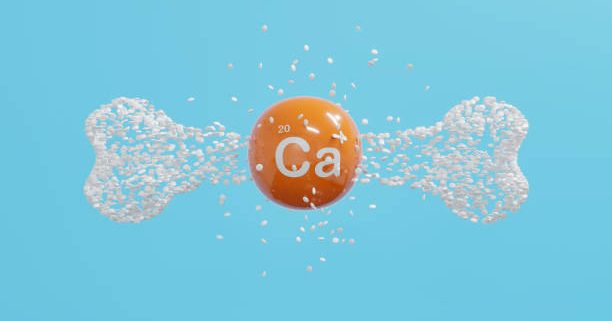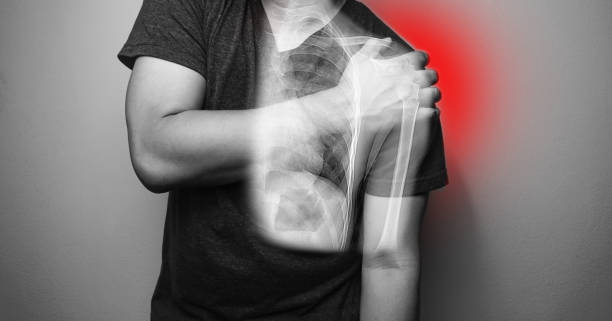Looking for the best hospital for robotic knee replacement surgery in Delhi? Look no further. At Ayushman Hospital & Health Services, we have the best surgeons and the latest technology to ensure your procedure is safe and effective.
Dr. Raj Kumar is a renowned knee joint replacement surgeon in Delhi, currently serving as the Director and Head of the Orthopaedics and Joint Replacement Department at Ayushman Hospital & Health Services in Dwarka, Sector 10, New Delhi. With over 30 years of experience, Dr. Raj specializes in high-risk trauma cases, knee and hip replacements, and spine surgeries.
Dr. Raj is well-versed in minimally invasive surgical techniques, which involve smaller incisions, less blood loss, shorter hospital stays, and quicker recovery times. He utilizes advanced technology, including the world’s first fully active robot (CUVIS) with an infrared camera, to perform robotic knee replacement surgeries. To date, he has completed over 500+ robotic knee replacements.
In his extensive career, Dr. Raj Kumar has performed more than 18,000 orthopedic surgeries, including over 3,000 knee joint replacements and arthroscopic procedures. He has also participated in numerous training programs to deepen his understanding of orthopedic conditions and their treatments, solidifying his expertise in the field.
Robotic Assisted Knee Replacement Surgery
The knee is a vital part of our body, essential for daily activities like walking, climbing stairs, and playing sports. However, aging or injuries can compromise knee stability and function, leading to significant problems. Knee replacement surgery is an effective solution that helps many people return to normal life by addressing these issues.
Thanks to technological advancements, robotic knee replacement surgery in Delhi offers long-term benefits and faster recovery times. This innovative approach is increasingly used in various surgeries, including total knee replacements. As a leading hospital for robotic knee replacement in Delhi, our doctors and team utilize the latest technology to achieve the best possible outcomes for our patients.
In this procedure, the damaged parts of the knee are replaced with artificial components. While similar to traditional knee replacement surgery, robotic-assisted surgery involves the use of a robot to enhance precision. Patients suffering from severe knee pain and discomfort can expect improved outcomes and a quicker return to normal activities with robotic knee replacement surgery.
What is Robotic Knee Replacement Surgery?
Robotic knee replacement surgery in Delhi involves replacing the damaged or injured parts of your knee with an artificial joint. During the procedure, specialists use CT scans to create a 3D model of the knee, which helps them accurately identify the problem. Once diagnosed, a robotic arm assists in making precise bone cuts and inserting the new joint accurately.
If you or your loved ones are experiencing knee issues, robotic knee replacement surgery is an excellent option. Here are some key benefits:
- World’s Safest Technology
- Submillimeter Accuracy
- Future of Joint Replacement
- Zero Chances of Human Error
- Longest-lasting Implants
- Natural Feel After Surgery
- Sutureless Surgery
- Painless Procedure
- Clinically Proven
These advantages make robotic knee replacement a highly effective and reliable treatment for knee problems.
Types of Robotic Technology
There are three main types of robotic technologies used in knee replacement surgery: passive, semi-active, and active systems. The primary difference between them lies in how much work the robots do independently versus with human assistance.
- Passive and Semi-Active Systems: These types of robotic surgeries involve significant input from the surgeon. The robots assist with tasks like making precise cuts and drilling, but the surgeon controls and guides them.
- Active Systems: This is the most advanced type of robotic technology. Active systems, like the CUVIS robot, are fully autonomous and can perform surgery with minimal human intervention. These robots can handle complex procedures with high precision.
At Ayushman Hospital, we use CUVIS robots, the world’s first fully active robot with an infrared camera, to perform knee replacement surgery (arthroplasty). This advanced technology ensures precise and efficient procedures.
Who Needs Robotic Knee Replacement Surgery?
Robotic knee replacement is an effective and safe option for those needing a total knee replacement. Before deciding on this treatment, it’s important to talk to your doctor about your condition to determine if surgery or other conservative treatments are best for you.
Robotic-assisted knee replacement surgery is particularly beneficial for complex knee joint issues. Candidates who might benefit include those with:
- Defects in the femur due to an accident or injury
- Severe degeneration of the knee joint
- Complications from previous knee surgeries
Discussing your specific knee problems with your doctor will help determine if robotic knee replacement is the right choice for you.
Benefits of Robotic Knee Replacement Surgery in Delhi
Robotic knee replacement surgery offers several advantages over conventional methods, including:
- Improved Surgical Planning: Robotic surgery benefits your overall health by using 3D images taken before the procedure. These images help surgeons plan the surgery accurately, ensuring the knee joint is placed correctly with the right size and fit.
- Better Precision: Robotic technology allows doctors to enhance their precision in tissue removal and implant positioning. This leads to faster healing times, fewer complications, and a lower chance of needing revision surgery.
By choosing robotic knee replacement, patients can expect a more accurate procedure and a quicker recovery.
Final Note
Ayushman Hospital is a leading facility for robotic knee replacement surgery in Delhi, dedicated to improving patients’ quality of life through successful procedures. Our hospital features the latest robotic technology and has successfully performed thousands of knee replacement surgeries.
We’re here to help. Contact us to book an appointment for a safe and effective robotic knee replacement surgery in Delhi.

